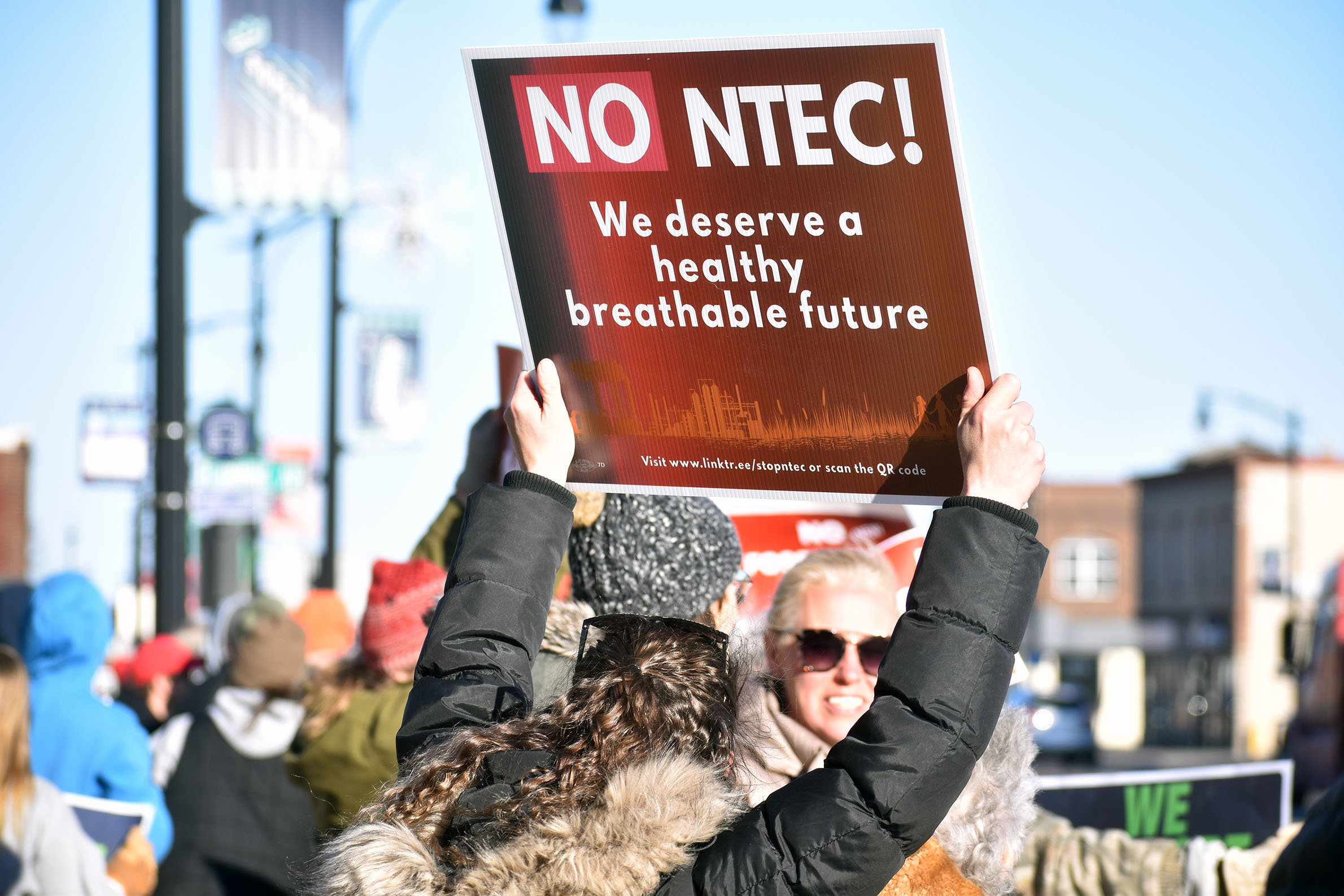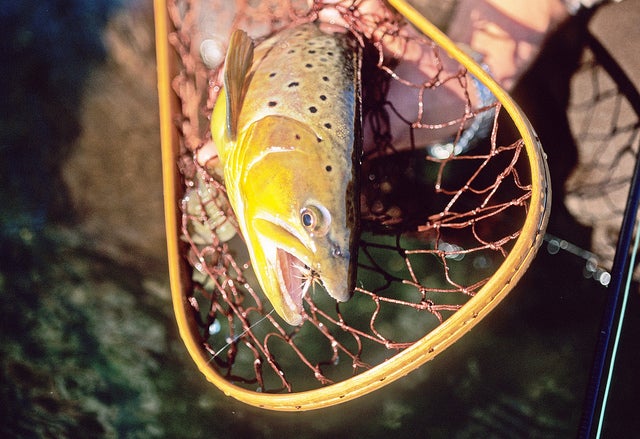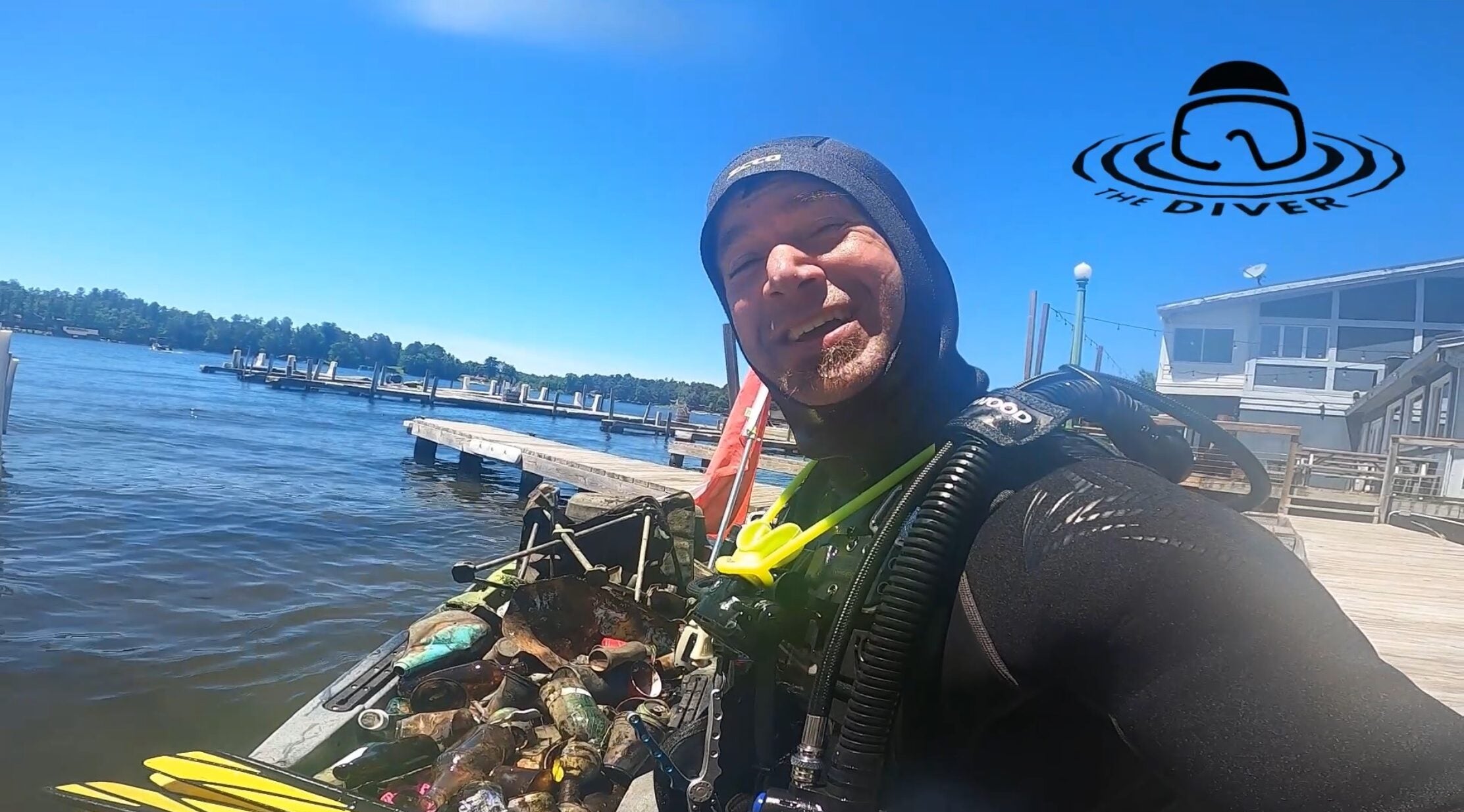The author of the new book “Manifest Destinies: The Making of the Mexican American Race” writes about events of the 19th century and how legal definitions and social attitudes post-war created the Mexican-American identity. We learn more from the author. We talk about the candidates running for Supreme Court of Wisconsin and take a look at a grant that aids the Fox Valley area in studying agriculture runoff.
Featured in this Show
-
Previewing The Wisconsin Supreme Court Race
The race for a spot on the Wisconsin Supreme Court is underway. Three candidates will be on the primary election ballot February 20. A political scientist tells us what to expect.
-
New Database Looks To Guide Prevention Of Agricultural Runoff In Fox Valley
The Fox-Wolf Watershed Alliance has developed a new database to determine the best methods for preventing chemicals, soil and manure from draining into Wisconsin waterways.
“Right now our lower Fox River and the bay of Green Bay is impaired by sediment and nutrients like phosphorus that’s causing dead zones in the bay of Green Bay,” said Jessica Schultz, executive director of the Fox-Wolf Watershed Alliance, a nonprofit organization dedicated to cleaning up the Fox-Wolf River basin.
Runoff from both agricultural and urban sources is also contributing to increased algal blooms, including blue-green algae blooms that are very harmful to human health, she said.
The database tracks different runoff protections in places near the Plum and Kankapot Creeks, which are connected to the Fox River in the Kaukauna-Wrightstown area.
The alliance chose Plum and Kankapot creeks because they contribute the highest levels of phosphorus and sediment into the Fox River per agricultural acre, according to a 2015 study by the Wisconsin Department of Natural Resources. And because those watersheds received a $5 million grant from the Great Lakes Restoration Initiative to adopt counter-runoff practices like cover crops, tillage practices, grass waterways, buffer strips and stream bank restoration, she said. The project is also supported by the Community Foundation of the Greater Fox Valley Region.
“What’s going into this database is all of the practices that are being implemented through the county land conservation departments working with the landowners and producers in the watershed,” Schultz said. “What we’re hoping to see is an impact in the water quality when we really strategically spend our dollars on the landscape.”
The database, which was created in conjunction with Outagamie, Brown, Calumet and Winnebago counties, is in its second year. Finding practices that are beneficial to both farms and waterways is crucial, Schultz said.
“We’re hoping with a very strategic plan and heavy implementation focused in those two watersheds that we’re going to see that water quality improve and then know the practices we need to get out on the landscape for the rest of the watershed,” she said.
But a change in farm management, along with installing farming best practices, will be necessary to see the water quality improve, Schultz said.
“What we’re really trying to do is find those win-win solutions,” she said. “Those practices that improve soil health, ultimately increasing the yields and decreasing the input that farmers need to put in, that’s where we’re seeing people get on board.”
But that doesn’t happen overnight, Schultz said. Many of these practices take five to seven years to see positive results on farms.
“We need to be here as conservationists, helping the producers through those first few years where they may see a decrease in yield for their crop,” she said.
The same goes for monitoring water quality. Schultz said it is yet to be determined how quickly results from the changes will show up in the water, but they’re optimistic.
“Some we can see immediately, others we’re going to have to have patience for and hope to see the benefits in the stream, then the river, then ultimately the bay of Green Bay,” she said.
-
Database Tracking What Prevents Farm Runoff In The Fox Valley
There are a variety of ways to prevent runoff from farm fields into waterways, but which methods do the most good? The Fox-Wolf Watershed Alliance is developing a new database to track the effectiveness of things like cover crops and buffer areas, hoping to protect the Fox River watershed. The group’s executive director joins us to talk about the project.
Episode Credits
- Rob Ferrett Host
- Gretchen Brown Producer
- Dean Knetter Producer
- Jolly Emrey Guest
- Jessica Schultz Guest
Wisconsin Public Radio, © Copyright 2025, Board of Regents of the University of Wisconsin System and Wisconsin Educational Communications Board.





